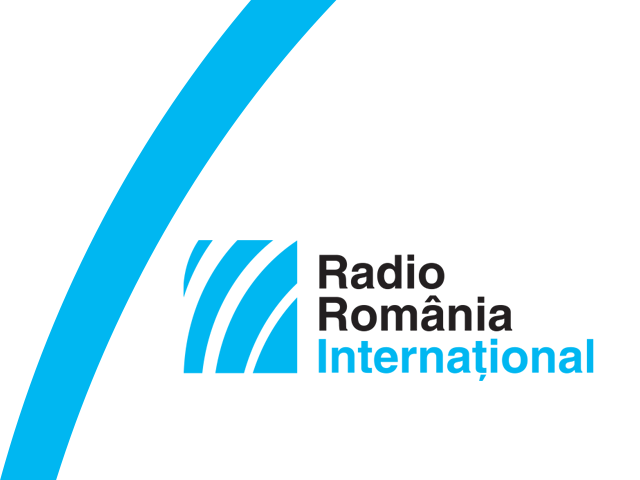Today’s topic is quite sensitive, it is cancer, more specifically breast cancer. We will be talking about a novel way of raising awareness on this subject, the contemporary dance show called Choreographing Cancer. It was born out of a meeting between Catalina Florescu, playwright and instructor with Pace University in New York, and choreographer Cosmin Manolescu. It is centered on a male character who has breast cancer. This performance wants to draw attention to people, who, irrespective of gender, are afflicted by this condition. It also sheds light on the way in which society answers, or fails to answer, their medical, social, and emotional needs. This show was designed as part of a choreography residency in 2022 at AREAL Bucharest. The show was described as an emotional, cathartic, and participative experience. The choreography is signed by Cristina Lilienfeld and Cosmin Manolescu, founding members of AREAL, a space for developing choreography. The team, however, is much larger than the two founders.
Cosmin Manolescu told us that the idea of dance itself is, for him, a celebration of life and death:
“Choreographing Cancer talks about a difficult subject, very emotionally fraught for those who went through cancer or work with it. From this perspective, I am happy to have with me these beautiful people, who said Yes when I asked them to engage with the project. Cancer does not afflict only women, but men as well, and for our premiere of the show in New York we will have on stage a survivor of breast cancer, Michael Singer, who is a very special person, and will be talking to us on stage, in America. I had an indirect harrowing experience with cancer, and I think that experience has helped give shape to the way in which this show reaches out to the audience.
One by one, the performers ask themselves what is left of us from life. Cristina Lilienfeld told us about taking distance from the initial text, without leaving its framework:
“Right from the start, there was this idea of accepting death, suffering, of celebration. What we actually did was to make these things more explicit through performative gestures. It is important for people to leave with more hope, and this idea that each moment has to be lived to its fullest. I think the seed has always been there, I I think this is why Catalina was so open, because playwrights care a lot about the format they propose, but she was very open to any change we proposed. We were on the same wavelength, in fact.
In late September 2022, composer Sabina Ulubeanu joined the team, as she herself told us:
“I resonated right from the start with the idea of the text, and what they were doing. We all took part in rehearsal, we attended their workshops. I got closer to this world of theirs, starting from the reading of Catalina’s text in New York. It was very interesting for me, because, at moment I wrote this, we had an enormous amount of video material, we had the discussions, we had everything. However, I pretended to forget it all, and I let intuition guide me, and basically I accessed this layer that resonated with me during rehearsal and discussions. I wrote only from that source.
Cinty Ionescu is responsible with the video design of the show:
“I think that I did not try to follow a definite epic in this movie I made for the show, which inspired me after that to find direction for the various moments of the show. In terms of the topic, which is difficult and quite personal for many of us, it was very difficult for me to start the work. All these meetings, discussions, and rehearsals I had next to Cristina and Cosmin were very useful, and they brought me to this point.
The framework of the show keeps us watching with baited breath, symbolizing an ever prevailing life. This is the unanimous belief of the team that made this contemporary dance show. Part of this team is Alina Comanescu, patient navigator, who has a clear message within the show, that of having prevention defeat statistics:
“What we see on stage is a plea for prevention. Unfortunately, statistically speaking, one out of three may come down with cancer. It is a tough statistic, but 40% of cases are preventable, with a healthy and balanced lifestyle. I think this is what it’s all about: we don’t try to stigmatize, we want to send a message that if you are ok with yourself, if you learn to be good to yourself, you can avoid being that one out of the three.
Alexandros Raptis, a live DJ who is also in charge of the lighting, added:
“This is a very difficult topic, and it is not well known by people, unfortunately. When you do this work, it is very difficult to avoid falling in a stifling theatricality when you take part in a show called Choreographing Cancer. At the same time, if you try too hard to avoid that, it is easy to take it too lightly. What I liked the most was the alternation of states of mind. In terms of the show, sometimes it looks like theater, sometimes like a performance, and at times it actually looks like we have a party.
The national premiere of the show was held on April 6 and 7, 2023 at the ARCUB building, while the international premiere is scheduled to be held on April 26, 2023, at the Jersey Theater City Center, and on April 28, 2023 at the RCI in New York. It will be back in Romania in June.

